The Doobie Brothers: Merging Two Distinct Eras Into One
No matter which version of The Doobies you like more, it’s current line-up will appeal to you
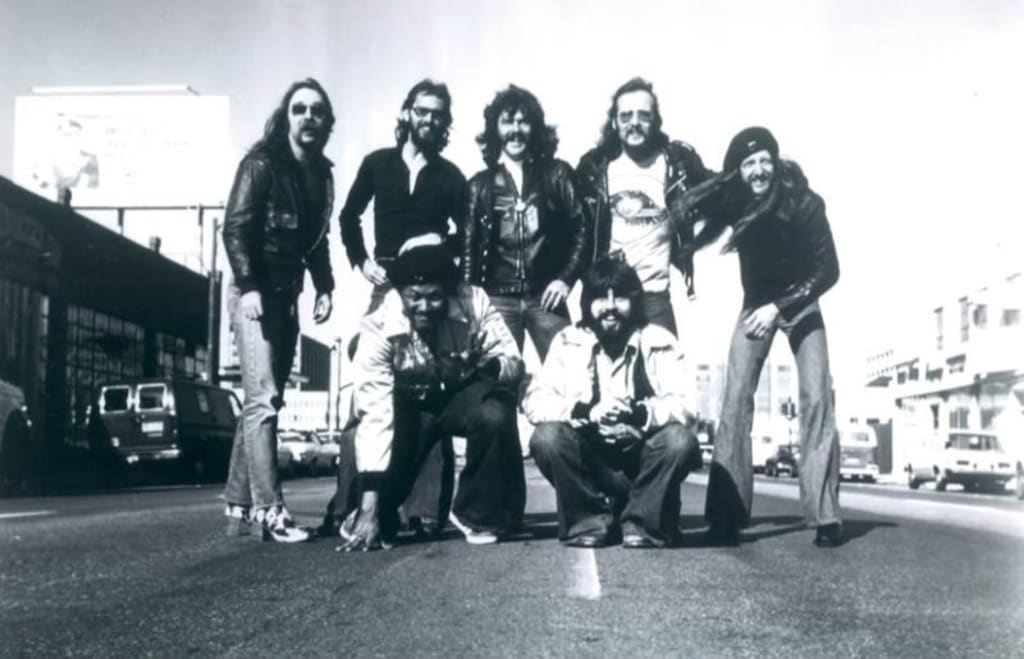
Any band that has been together for a significant amount of time, will inevitably undergo its fair share of changes. After all, one cannot expect a group to remain exactly the same from beginning to end, especially when said group has been in existence for decades. Members may come and go while preferences change as time goes on.
Over the years, we have seen age-old debates. Diamond Dave or The Red Rocker? Peter Green or Buckingham-Nicks? Gabriel or Collins? These are just a few of a long list of discussions that fans have continued to have regarding groups that have changed in terms of personnel or style.
For fans of The Doobie Brothers, the big question has always been: Tom Johnston or Michael McDonald?
Although the group’s name remained the same, its sound, image and even line-up changed dramatically between these two eras that those unfamiliar with the Doobies may think they were listening to two separate bands.
However, unlike the Fleetwood Macs, Van Halens and Pink Floyds of the world, The Doobie Brothers have been able to do something almost unheard of; creating a line-up that can simultaneously appeal to fans of very distinct eras in their history.
Let’s take a look at the 50-year journey of The Doobie Brothers and how they have reached where they are today.
The Tom Johnston Years
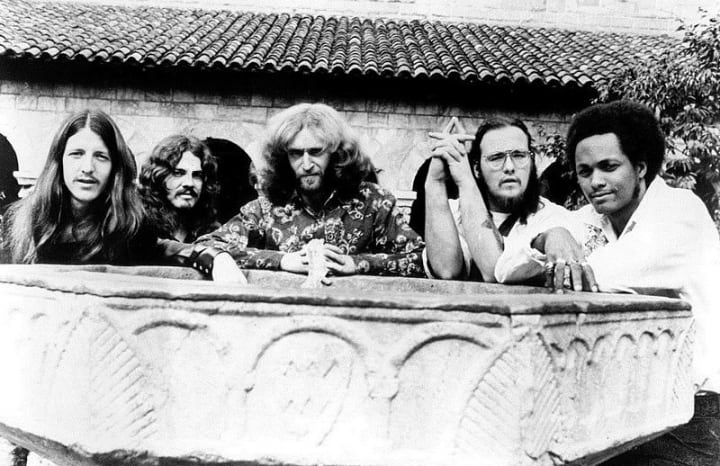
Founded in 1970 in San Jose, California, the most recognisable line-up of the early Doobie Brothers consisted of Tom Johnston, Pat Simmons, Tiran Porter, John Hartman, and Keith Knudsen. Other members included original bassist Dave Shogren and drummer Michael Hossack (who would later return to the group).
During this period, Tom Johnston established himself as both The Doobie Brothers’ on-stage leader and primary creative force. While other members, such as Simmons and Porter, were also talented singers, Johnston also undertook the bulk of the band’s vocal duties.
Under Johnston, the Doobies became well-known for their heavy and high-energy Hard Rock sound, which drew influences from Folk and Blues music. With hits like China Grove, Listen To The Music, Blackwater, and Long Train Runnin’, they crafted a rugged image that did not stray far from their biker band origins.
Aside from that, they also boasted superb harmonies and were among the few bands that used two drummers simultaneously. As their profile grew, the band would also add former Steely Dan guitarist Jeff “Skunk” Baxter to its ranks and further bolstered its superb musicianship.
Although wildly successful, the group continued to work an extremely grueling schedule. When not on the road, they would be in the studio recording new material, and when not in the studio, Johnston would often bear the heavy load of composing new songs for the group. Although motivated to push on, the rigorous schedule began taking a toll on Johnston’s health.
This soon came to a head in 1975.
The Transition
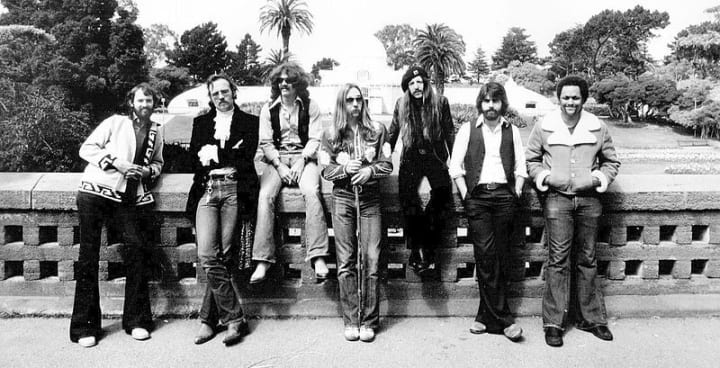
Although Johnston’s health began to deteriorate, he continued to push on with The Doobie Brothers. Following their Stampede album, however, Johnston’s body could not take the strain any further. Amid a promotional tour for their new album, Johnston was hospitalised with a bleeding stomach ulcer.
While swift treatment spared him from any life-threatening danger, Johnston was not allowed to return to the group immediately. Both doctors and his fellow bandmates agreed that it would be best for Johnston to take some time away to fully recover and rest. However, as they were amidst a tour, something had to be done to accommodate for Johnston’s absence.
Jeff Baxter proposed adding another member to the group to fill in for Johnston temporarily. Baxter had in mind his former Steely Dan bandmate, Michael McDonald. A talented singer and keyboardist, McDonald was a self-admitted fan of the group and jumped at the chance to join them on the road on extremely short notice.
Although initially worried that McDonald would not be as well-received as Johnston, he began to turn heads, and the tour was a success. McDonald had earned himself a permanent membership amongst the Doobies. However, it would soon become apparent that McDonald’s talents were not just restricted to the stage.
As per their contract, the Doobies needed to release another album in 1976. However, Johnston was still recovering at home and could not contribute significantly to the band’s creative process. So, the group turned to McDonald to contribute a few songs to their album, Takin’ It To The Streets. Among these songs were the album’s titular track and It Keeps You Running, two songs that helped the album become an instant success.
McDonald’s more Soul-inspired style was a noticeable departure from the Doobies’ typically harder sound, but it meshed well with the group and was popular with fans and critics. Although recognised as a talented songwriter now, McDonald would now have to work hand in hand with the group’s leader, who had recovered enough to return full-time.
By the time of the band’s next album, Livin’ On The Fault Line, it became apparent that a shift had taken place. Johnston’s role in the band had become far smaller, and the guitar-heavy sound that he made popular soon gave way to the keyboards, horns, and synthesizers more reminiscent of McDonald. Having contributed no songs to the band’s latest album, Johnston left The Doobie Brothers, the group he led and founded.
However, even without their longtime leader, the band pushed on, albeit in a notably different direction.
The Michael McDonald Years
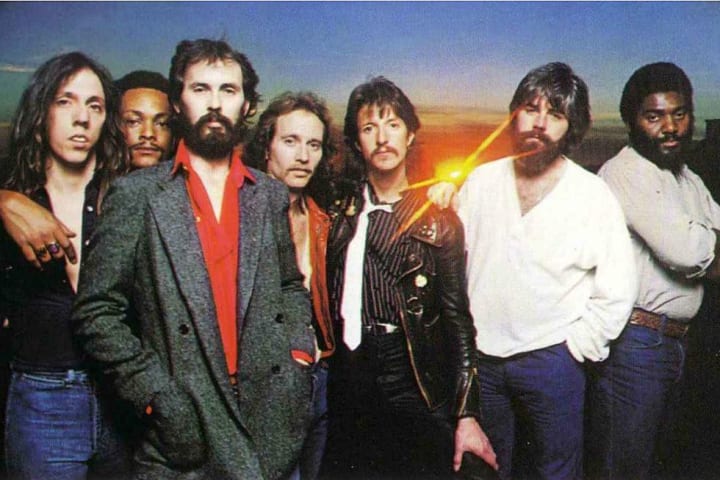
With Johnston leaving the band, McDonald became the group’s main attraction. Both the main singer and creative force, McDonald was quick to implement several changes. Aside from transitioning from a high-energy, Hard Rock sound to a more Soulful and Jazz inspired style, the group’s line-up also began to change.
Lighting technician Bobby LaKind would be promoted to becoming the band’s percussionist while creative conflicts between McDonald and Baxter culminated in the latter leaving the band. Following this, original drummer John Hartman would also depart the group, unsatisfied with its new direction.
Baxter would be replaced by John McFee, while Hartman would be replaced by Chet McCracken. Rounding up this new line-up was saxophonist Cornelius Bumpus who, aside from saxophone, also played keyboard and contributed vocals.
The group’s aesthetic and image would also noticeably change. Initially well-known for a rough and tumble image consisting of leather jackets, long flowing hair, and overall wilder presentation, The Doobies now adopted a more elegant look. Dressed smartly in dress shirts and sport coats, they appeared noticeably clean-cut.
This new sound and look under McDonald’s direction soon culminated in the album, Minute by Minute. To say it sounded radically different from the band’s previous style would be putting it lightly. However, the dramatic change also brought about dramatic success. Minute by Minute was nominated for album of the year, and the song What A Fool Believes netted the group a Grammy award for song of the year. To date, Minute by Minute is the only Doobie Brothers album to earn the group a Grammy.
As the 80s rolled on, the sound that McDonald had made popular in the Doobie Brothers had become the norm, and the band soon became lost in the shuffle. McDonald himself had begun to pursue solo endeavors and notably sang backup vocals on several popular songs at the time. By the time the album One Step Closer was released, The Doobie Brothers could not have been any more different from the band that was formed a decade earlier.
Eventually, core members Tiran Porter and Pat Simmons chose to leave the band. Porter was briefly replaced on bass by Willie Weeks, while Simmons’ intention to leave the group would mean that The Doobie Brothers were about to lose their last original member. Deciding that they could not go on without Simmons, the band decided to embark on a farewell tour before breaking up in 1982.
Following a well-received final concert that featured appearances from Johnston, Porter, Hartman, and Hossack, the band seemingly disbanded for good. Following their break-up, only McDonald found considerable success as a solo artist.
However, even break-ups don’t last forever.
The Doobies Return
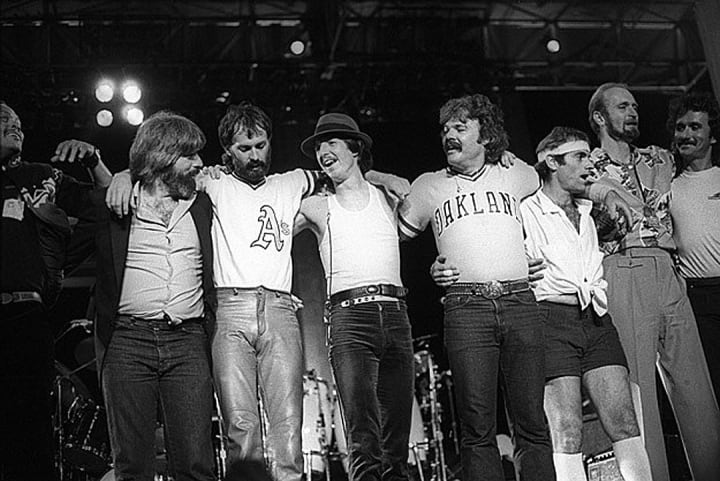
After disbanding, the various members of The Doobie Brothers would pursue other endeavours and rarely, if ever, worked together. Drummer Keith Knudsen who had struggled with drugs in the years prior had spent this time conquering his addictions and had embarked on a mission to help others.
Choosing to raise money for the Vietnam Veterans Aid Foundation, Knudsen decided to reunite the Doobies for a one-off concert. Rather than choose between the group's McDonald or Johnston era line-ups, Knudsen invited almost every member from the group’s history to perform with him.
In total, he could get eleven former Doobies to reunite the group once more. This included the classic line-up of Tom Johnston, Pat Simmons, Tiran Porter, John Hartman and Michael Hossack, Jeff Baxter, Bobby LaKind, Chet McCracken, Cornelius Bumpus, John McFee and Michael McDonald.
This was all but two of the Doobie Brothers' entire roster. Knudsen had not invited Dave Shogren as they had never met before, while Willie Weeks could not attend the show due to other commitments. This extended line-up was so popular that it attracted the biggest audience to The Orange Bowl since The Beatles.
The one-off reunion soon led to a full-on tour and led to various configurations of the Doobies getting together and performing from time to time. However, by 1989 the band would be back full-time. Releasing the album Cycles, the band had mainly reverted to its classic line-up with Johnston back in the lead, returning the band to its earlier look and sound.
Despite this, they contributed frequently with other former members who would join them on tour or fill in for the core line-up when necessary. Knudsen and McFee, who had formed the band Southern Pacific, would frequently open for the Doobies before later rejoining them full-time.
Most notably, Michael McDonald would also collaborate with the band he had helped lead all those years ago. Although not a full-time member, McDonald would appear on certain albums and join the band for live performances from time to time. He would even tour with the group on special occasions. While they may have reverted primarily to the Tom Johnston style of the 70s, McDonald’s occasional appearances helped the band maintain its appeal with fans of that incarnation of The Doobie Brothers.
The Doobies Today
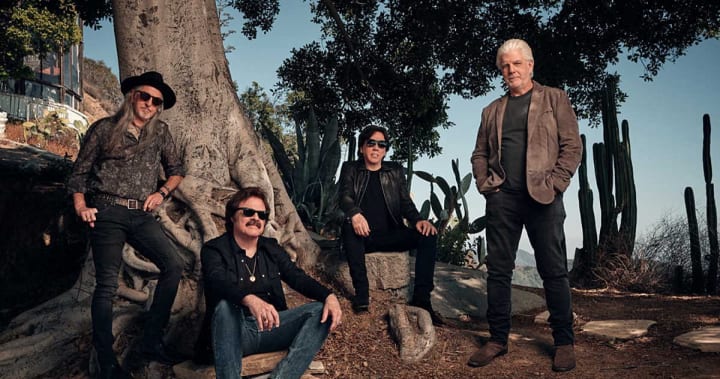
Now celebrating over 50 years together and having been recently inducted into the Rock n Roll Hall of Fame, the core line-up of The Doobie Brothers today consists of Tom Johnston, Pat Simmons, and John McFee.
However, as they are now in the midst of their 50th-anniversary tour, Michael McDonald has also once again rejoined the group for the foreseeable future. With both leaders of The Doobies’ two eras and Simmons, the man often recognised as the person that held the band together through both eras, they can perform the band’s entire repertoire and thus cater to fans of both the Johnston and McDonald incarnations of the band.
It is an extremely rare, arguably difficult and commendable feat to merge two distinct eras of a group into one “all-star” line-up. Fans of The Doobie Brothers need not debate whom they prefer more as they can now witness the stars of both incarnations of this legendary band together at the same time.
That does it for this story! If you made it this far, let me thank you for taking the time to read this! Just for fun, leave me your thoughts in the comments over which line-up of The Doobie Brothers is your favorite.
Also, if there are stories of similar occurrences happening to other bands, do let me know too. I truly enjoy hearing back from you all! Until then, take care!
About the Creator
Isa Nan
Written accounts of life, death and everything in between
Enjoyed the story? Support the Creator.
Subscribe for free to receive all their stories in your feed.

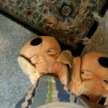
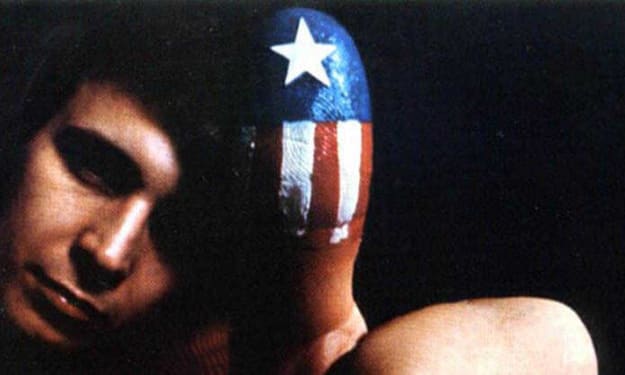



Comments
There are no comments for this story
Be the first to respond and start the conversation.